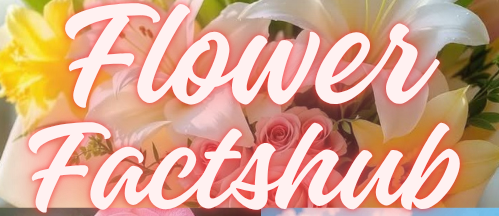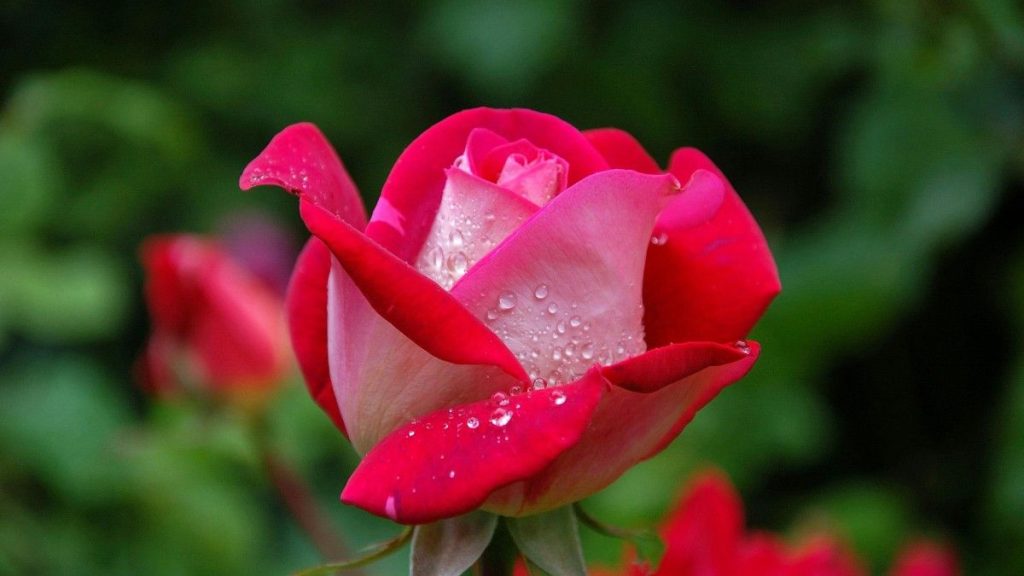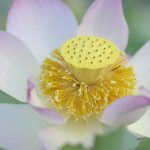Flowers have a magical way of brightening our days, transforming spaces, and even lifting our spirits. Whether you’re a seasoned gardener or a beginner with a budding interest in plants, there’s something incredibly rewarding about growing your favorite flowers. In this blog post, we’ll explore some of the most beloved Favorite flowers , share practical tips for growing them, and help you create a garden that’s as unique as you are. Let’s dive into the colorful world of flowers!
Why Do We Have Favorite Flowers?
From the romantic allure of roses to the cheerful charm of sunflowers, everyone has a favorite flower. These preferences often stem from personal memories, cultural significance, or simply the way a particular bloom makes us feel. Flowers are more than just pretty petals—they’re symbols of love, hope, and joy. So, what’s your favorite flower? Let’s explore some popular choices and how you can grow them successfully.
Choosing the Right Flowers for Your Garden
When planning your garden, consider mixing annuals, biennials, and perennials to create a dynamic and ever-changing landscape. Annuals can fill in gaps while perennials establish themselves, and biennials add an element of surprise. By understanding the life cycles of flowers, you can design a garden that blooms beautifully year after year
Top Favorite Flowers and How to Grow Them
1. Roses: The Timeless Classic
Roses are a universal favorite, symbolizing love and elegance. With thousands of varieties, there’s a rose for every garden.
Growing Tips of favorite flowers:
- Plant roses in well-draining soil with at least 6 hours of sunlight daily.
- Water deeply but avoid wetting the leaves to prevent fungal diseases.
- Prune regularly to encourage new growth and remove dead branches.
- Use organic mulch to retain moisture and keep roots cool.
2. Sunflowers: The Happy Bloom
Sunflowers are the epitome of joy, with their bright yellow petals and towering stems. They’re perfect for adding a splash of sunshine to your garden.
-
Growing Tips:
- Choose a sunny spot—sunflowers thrive in full sunlight.
- Plant seeds directly in the ground after the last frost.
- Water regularly, especially during dry spells.
- Stake taller varieties to prevent them from toppling over.
3. Lavender: The Fragrant Favorite
Lavender is loved for its soothing fragrance and beautiful purple spikes. It’s a great choice for both gardens and indoor spaces.
-
Growing Tips:
- Plant lavender in well-draining, slightly alkaline soil.
- Ensure it gets plenty of sunlight—at least 6-8 hours a day.
- Water sparingly; lavender is drought-tolerant and prefers dry conditions.
- Prune after flowering to maintain shape and encourage growth.
4. Tulips: The Springtime Star
Tulips are a spring favorite flower, known for their vibrant colors and elegant shapes. They’re perfect for adding a pop of color to your garden.
-
Growing Tips:
- Plant tulip bulbs in the fall, about 6-8 inches deep.
- Choose a spot with well-draining soil and full or partial sunlight.
- Water moderately, especially during the growing season.
- Protect bulbs from pests like squirrels by using mesh or repellents.
5. Orchids: The Exotic Beauty
Orchids are a favorite for their exotic appearance and long-lasting blooms. They’re ideal for indoor gardening.
-
Growing Tips:
- Use a well-draining orchid mix and a pot with drainage holes.
- Place orchids in bright, indirect light—avoid direct sunlight.
- Water sparingly, allowing the soil to dry out between waterings.
- Maintain humidity by misting or using a humidity tray.
Practical Tips for Growing Your Favorite Flowers
No matter which favorite lowers you choose, these general tips will help you grow a thriving garden:
- Know Your Zone: Understand your USDA hardiness zone to choose favorite flowers that thrive in your climate.
- Soil Matters: Test your soil and amend it with compost or fertilizers as needed.
- Water Wisely: Overwatering is a common mistake. Learn the specific water needs of your favorite flowers.
- Pest Control: Keep an eye out for pests and use natural remedies like neem oil or companion planting.
- Patience is Key: Gardening is a journey. Enjoy the process and celebrate small victories along the way.
The Joy of Growing Favorite Flowers
Growing your favorite flowers isn’t just about beautifying your space—it’s about connecting with nature and finding joy in the little things. Whether you’re planting roses for their timeless elegance or sunflowers for their cheerful vibe, each bloom tells a story. So, grab your gardening tools, get your hands dirty, and let your favorite flowers bring color and happiness into your life.
Types of flowers by life cycle
Flowers can be categorized by their life cycle, which refers to the duration it takes for a plant to grow, flower, produce seeds, and die. Understanding these categories can help you plan your garden better, whether you want annuals for seasonal color or perennials for long-term beauty. Here are the three main types of flowers based on their life cycle:
1. Annuals
Annual flowers complete their entire life cycle—from seed to flower to seed production—in a single growing season. Once they’ve bloomed and set seeds, the plant dies. Annuals are perfect for adding quick, vibrant color to your garden.
Examples of Annual Flowers:
- Marigolds
- Petunias
- Zinnias
- Sunflowers
- Impatiens
Why Grow Annuals?
- They bloom prolifically and provide continuous color throughout the season.
- Great for filling gaps in your garden or containers.
- Ideal for experimenting with new colors and designs each year.
Care Tips:
- Plant after the last frost in well-draining soil.
- Deadhead spent blooms to encourage more flowers.
- Water regularly, as annuals tend to have shallow root systems.
2. Biennials
Biennial flowers have a two-year life cycle. In the first year, they grow foliage and store energy. In the second year, they bloom, produce seeds, and then die. Biennials are a great choice if you’re looking for a mix of short-term and long-term gardening projects.
Examples of Biennial Flowers:
- Foxgloves
- Hollyhocks
- Sweet William
- Canterbury Bells
- Forget-Me-Nots
Why Grow Biennials?
- They add variety and interest to your garden over two seasons.
- Many biennials self-seed, so they may reappear in your garden naturally.
- They often have unique and striking blooms.
Care Tips:
- Plant seeds in late spring or early summer for blooms the following year.
- Provide well-draining soil and moderate watering.
- Protect young plants from harsh weather in their first year.
3. Perennials
Perennial flowers live for three or more years, often blooming year after year. While they may die back in winter, their roots remain alive, and they regrow in the spring. Perennials are a favorite for gardeners who want long-lasting beauty with less replanting.
Examples of Perennial Flowers:
- Roses
- Lavender
- Peonies
- Daylilies
- Hostas
Why Grow Perennials?
- They provide reliable blooms year after year.
- Once established, they require less maintenance than annuals.
- Great for creating a structured, long-term garden design.
Care Tips:
- Choose the right perennial for your climate and soil type.
- Plant in well-draining soil with adequate sunlight.
- Divide overcrowded plants every few years to maintain health and vigor.
Which are the most favorite flowers?
- Rose
- Tulip
- Daffodil
- Lily
- Chrysanthemum
- Iris
- Dahlia
- Pansy
- Peony
- Hydrangea
Final Thoughts
Flowers have a unique way of making the world a brighter place. By growing your favorite flowers, you’re not just creating a garden you’re cultivating a sanctuary of beauty and peace. So, what are you waiting for? Start planting your favorite flowers today and watch your garden and your heart bloom!
Frequently Asked Questions (FAQs)
Q1: What are some of the most popular favorite flowers around the world?
Roses, tulips, lilies, sunflowers, daisies, and orchids are among the most beloved flowers due to their beauty, symbolism, and variety.
Q2: How do I choose the right flowers for my garden?
Consider your climate, sunlight availability, soil type, and personal preferences for color, fragrance, and maintenance level when selecting flowers.
Q3: Are favorite flowers easy to grow for beginners?
Yes! Many favorites like marigolds, zinnias, and pansies are beginner-friendly and require minimal care while providing vibrant blooms.
Q4: Can I grow these flowers in pots or containers?
Absolutely. Many popular flowers such as geraniums, petunias, and begonias thrive in containers and make great additions to patios and balconies.
Q5: How often should I water my flowering plants?
Watering frequency depends on the flower type and weather, but most garden flowers need about 1 inch of water per week, either from rainfall or irrigation.



